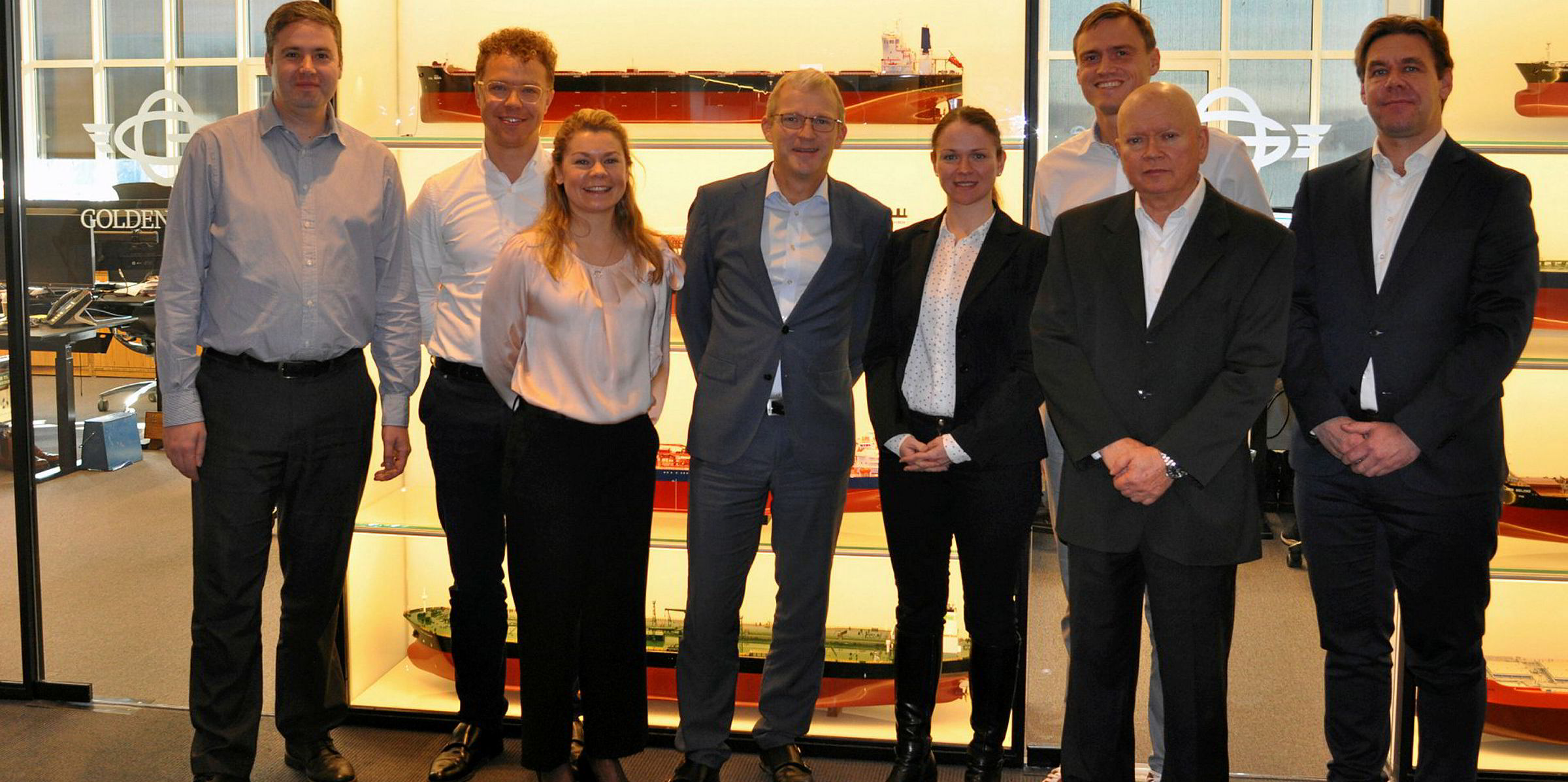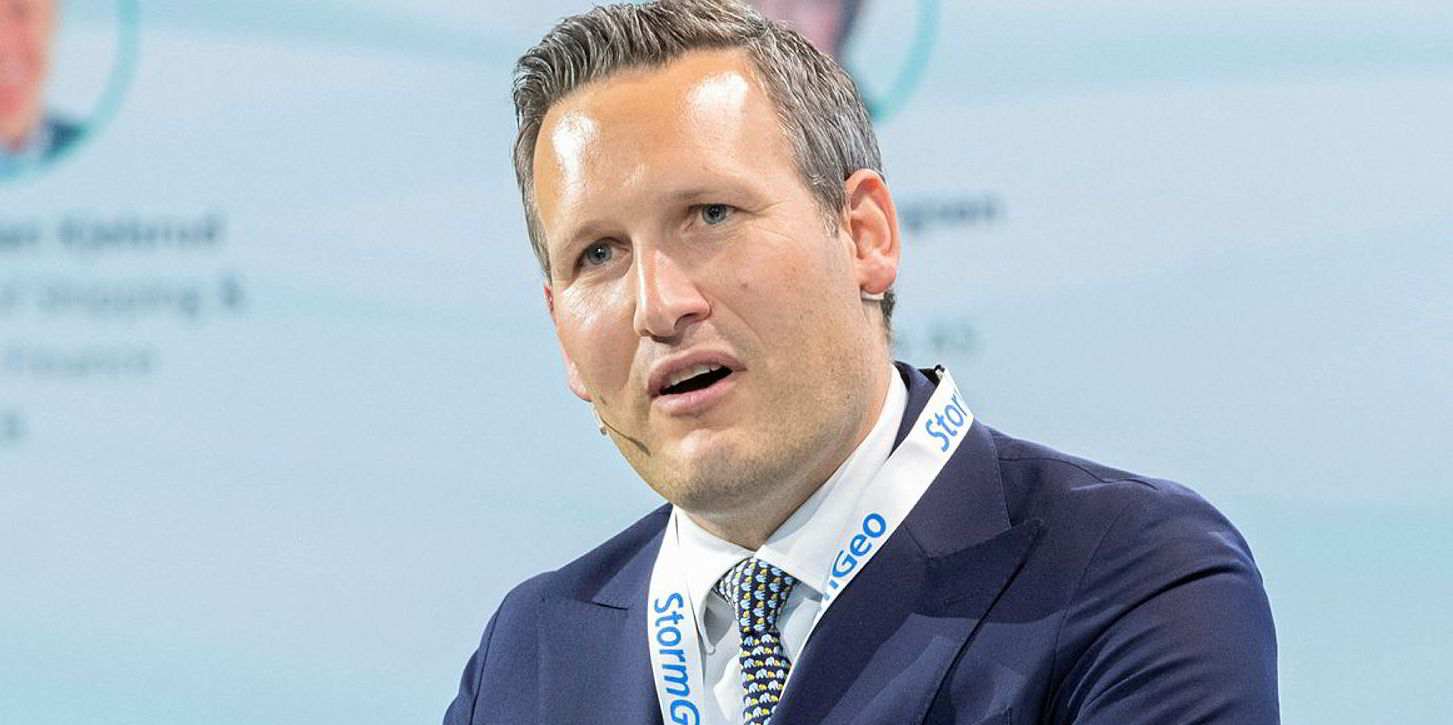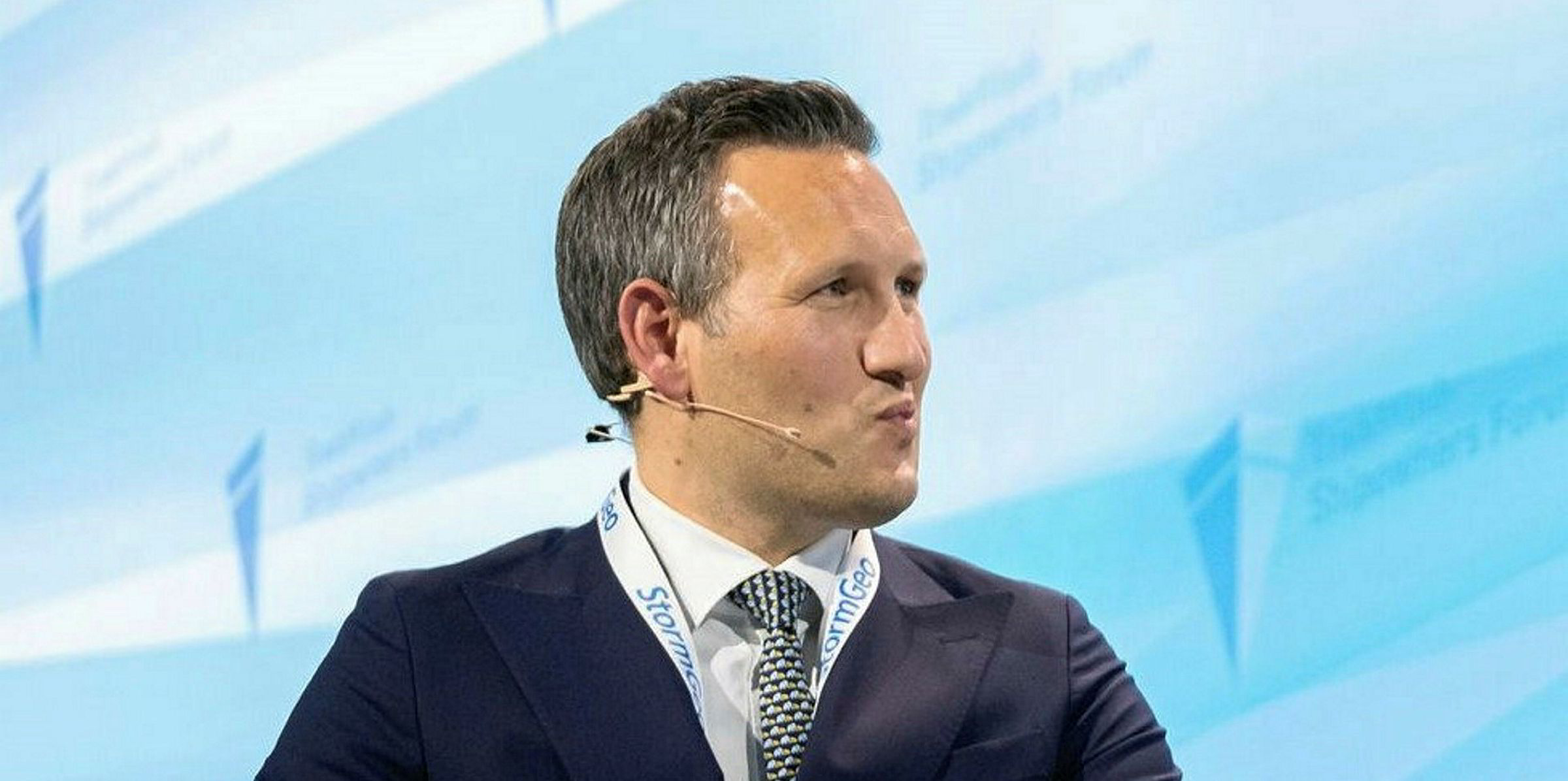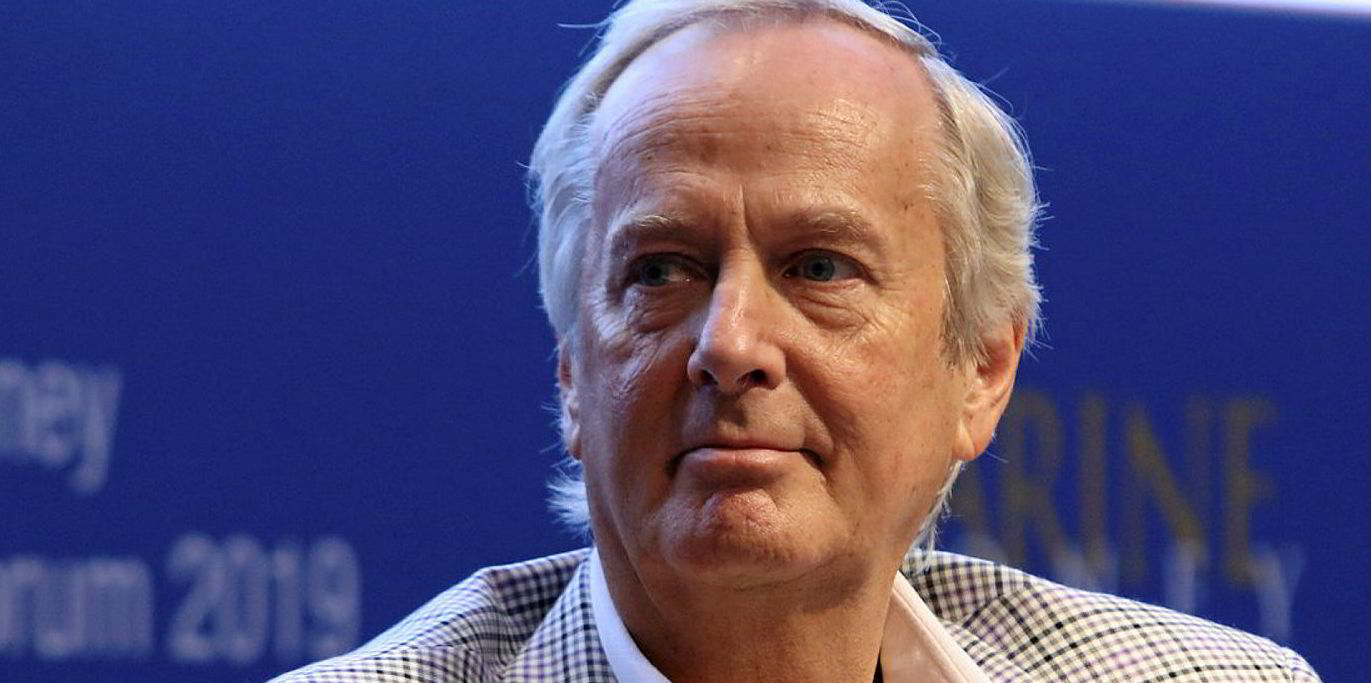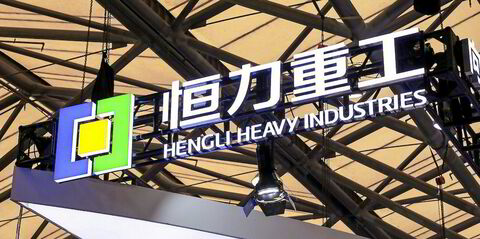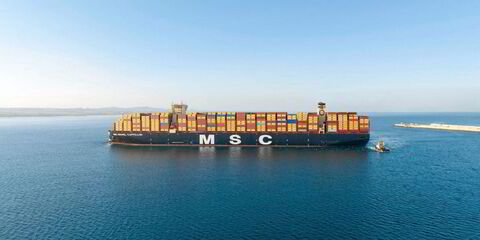A new era is dawning at Flex LNG and in the wider John Fredriksen Frontline Management organisation.
This month, the first of Flex’s six modern LNG carriers will transition to the company’s newly launched in-house shipmanagement company, Flex Fleet Management, which received its all-important document of compliance (DOC) in October.
Chief executive Oystein Kalleklev said a second vessel will follow before the end of the year, with the remaining four joining them in the first quarter of 2020.
In addition, Flex's LNG newbuildings will be delivered straight into the new management arm on handover.
It is the first time any of Fredriksen’s companies have set up its own in-house shipmanagement company.
Frontline Management chief technical officer Lars Pedersen has been leading the move and now heads the operation as its managing director.
No asset play
Pedersen said the main drivers behind the move were the complexity of LNG, the long-term nature of the assets and the requirements of charterers.
“LNG is complex in the sense that it is sophisticated technology. It requires really solid operational experiences, procedures and processes,” he said, stressing the high cost of the assets and the importance of understanding gas handling in getting the most out of Flex’s fuel-efficient ships.
The vessels have been built with a 35 to 40-year lifespan, requiring a long-term perspective on their maintenance and operation.
“These vessels were not really bought for an asset play,” he said.
Specific to LNG, Pedersen said charterers had started to ask for in-house shipmanagement.
Flex Fleet Management has been put together in a year, which Kalleklev declared “a world record”.
Pedersen, who was previously managing director for BW Fleet Management, said the process started with a timeline where activities were divided into different work streams with a target date set for receiving the DOC — or the “licence to drive”, as he described it.
“We like tight deadlines,” he said. “First of all, you have to be ambitious to make this work and then you have to build.
“Then you have to believe,” he added, explaining the need to move beyond any personal comfort zone on how to do traditional shipmanagement.
Like other vessels in Frontline Management, Bernhard Schulte Shipmanagement (BSM) is the manager for the six on-the-water Flex LNG carriers.
It's attractive in Norway to work in Shipping Powerhouse Number One
Lars Pedersen
Pedersen and his team for Flex Fleet Management used the BSM experience as a base on which to build a “hybrid solution” for the LNG carriers — leveraging economies of scale achieved through working with its existing shipmanager and creating the specialised LNG unit in-house.
He said the key challenge was getting a team with the right competencies so that they complemented each other, adding that it had not been difficult to attract talent to a Fredriksen group company.
“It's attractive in Norway to work in shipping powerhouse number one,” Pedersen said.
Modern fleet
Kalleklev agreed, adding that the modern fleet was also a draw for expertise.
“In 2019, it’s not that much fun working with steam engines,” he said.
Pedersen and his team, which now numbers 20, met with oil majors to get feedback on their proposed model and responded by adjusting their business plan to meet their needs.
They also hosted a two-day workshop that brought together ship and shore teams to talk about vision and values, with the latter now spelling out the company’s name — as in "Future-driven, Leadership, Empowering and eXceptional".
“Everyone wanted to be part of something very different,” he said. “There are really ambitious people in the team both ashore and at sea. I think it brings a lot of energy.”
Pedersen said building a model where Flex is not excluded from business once a ship is transferred into the DOC is also key while ensuring the company maintains reliability and the safe operation of the ships.
“For shipmanagement, the most important thing is safety because if safety disappears, no one wants to work for you or do business with you,” he said.
Sushi deliveries
What did the new management system cost to build?
“A lot of late hours and a lot of sushi deliveries,” Pedersen said, explaining that it was not so much capital-expenditure heavy as labour intensive.
Pedersen said Flex Fleet Management will definitely be able to deliver “very competitive” operating-expense numbers on its vessels for the next three years.
Kalleklev is also confident that Flex Fleet Management will lead to more chartering discussions.
“That is certainly our hope," he said. "We have invested $2.5bn in modern ships. They don’t really belong on the spot market, they should really be doing long-haul voyages in programme.”
